6 Types of Commercial Fish Food for Freshwater Fish

There are a variety of commercial fish foods available on the market, each designed to meet the nutritional needs of different types of fish. From flakes and pellets to granules and sinking wafers, there are plenty of options for providing your fish with a healthy diet.
In this blog, we’ll explore six types of commercial fish food that can be used for freshwater aquariums.
Mastering Fish Nutrition: Your Complete Guide to Nourishing Your Aquatic Pets
As a dedicated fishkeeper, you want to provide the best care for your aquatic friends, and a crucial aspect of that care is proper nutrition. That’s why we’ve created this comprehensive fish food selection guide to help you make an informed decision.
The table below outlines the key factors to consider when selecting the perfect food for your fish, from species-specific requirements to nutritional content and storage.
| Attribute | Description |
|---|---|
| Species-specific | Different species of fish have different dietary needs. Research the specific nutritional requirements of your fish and choose a food that meets those needs. |
| Protein | Fish require a high-quality protein source to support growth, repair, and overall health. Look for food that has a high protein content (usually between 30-50%, depending on the species) and comes from sources such as fish meal, krill, or shrimp. |
| Energy supplements | Fish need energy to maintain their bodily functions and perform activities like swimming. Foods containing carbohydrates and lipids provide energy sources for your fish. Look for food with a balanced energy content to support your fish’s daily activities. |
| Minerals | Essential minerals like calcium, phosphorus, and magnesium help maintain fish health and support their immune system. Ensure the commercial food you choose contains the right balance of these minerals (such as calcium, phosphorus, and magnesium) to ensure your fish receive the necessary nutrients. |
| Vitamins | Fish need essential vitamins for their immune system, growth, and overall well-being. Look for foods that contain a variety of vitamins, including A, D, E, and K, as well as the B-vitamin complex. |
| Pigments | Some fish species require pigments in their diet to maintain vibrant colors. Look for fish food containing natural color-enhancing pigments like astaxanthin, spirulina, or carotenoids. |
| Behavior | Consider your fish’s natural diet in the wild. Observe your fish’s natural feeding habits and choose a food that mimics their preferred feeding style. For example, sinking pellets or wafers for bottom-feeders, floating pellets for surface feeders, or a mix for fish that feed at different levels. |
| Urgency | If your fish have specific health issues or conditions, you may need to choose a specialized food that addresses their needs, such as medicated or low-phosphorus foods for sick fish. |
| Diet | Some fish are herbivores, some are carnivores, and some are omnivores. Choose a fish food that matches the dietary preferences of your fish to ensure they receive the right balance of nutrients. |
| Quality | Opt for a reputable brand that uses high-quality ingredients in their fish food formulations. Read product reviews and consult fellow fishkeepers or experts for recommendations. |
| Expiration & Storage | Always check the expiration date on the fish food packaging and store it in a cool, dry place to maintain its nutritional value. |
6 Types of Commercial Fish Food
Understanding the ingredients of fish food is essential, but it’s also important to know the different types of food available for your aquatic friends. Here are some common types of fish food and their characteristics.
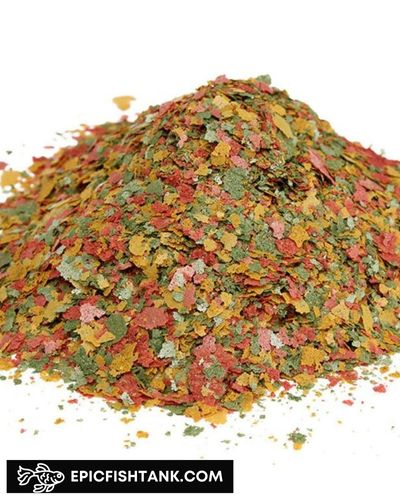
Flakes
Flakes are made by grinding ingredients together, dehydrating them, spreading them paper-thin, and baking.
They are suitable for top and mid-water feeding fish, while bottom feeders can consume the flakes that reach the substrate.
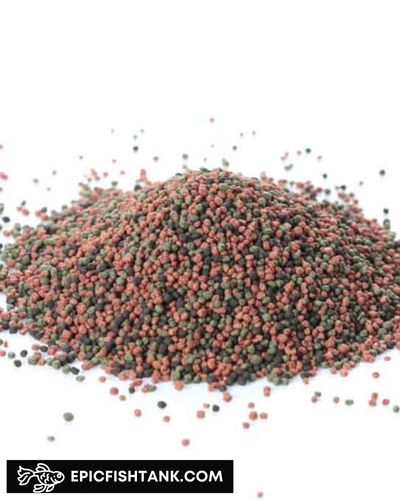
Pellets
Pellets are similar to flakes but are formed into small, dense balls or sticks.
They can be floating (for top-feeding fish) or sinking (for mid-water and bottom-feeding fish). Pellets are a good option for larger fish like South American cichlids.

Sinking Wafers
These are hard discs of dry food that immediately sink, designed for bottom-dwelling creatures like catfish and plecos.
Often sold as “algae wafers,” it’s crucial to check the ingredients, as many contain little to no algae and are made of poor-quality ingredients.

Gel food
Gel food is a powder mixed with boiling water that sets into a stiff gelatin-like substance.
Fish and invertebrates love this type of food, and it’s useful for sick fish as medications can be mixed directly into the food for easy delivery.

Freeze Dried
Freeze-dried foods are whole ingredients, like bloodworms or brine shrimp, that have been freeze-dried.
They have a long shelf life and make an excellent supplement to your fish’s staple diet. However, they should be used as a treat, as feeding large volumes of freeze-dried food isn’t practical.
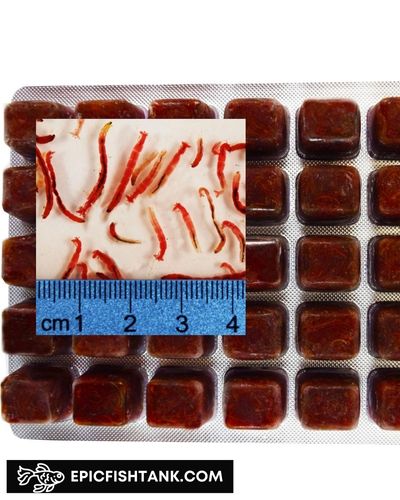
Frozen
Frozen foods consist of whole ingredients, such as bloodworms, brine shrimp, algae mixes, or beef heart, that have been frozen into cubes.
These foods are about 70% water, so you’ll need to feed your fish a larger volume than dry food.
Most Recommended Commercial Food for Your Fish
This guide introduces you to some of the most recommended commercial foods available for a diverse range of fish species. We’ll explore their unique features, nutritional profiles, and suitability for various fish types, helping you make an informed decision when choosing the perfect food for your finned friends.
From protein-rich formulations to energy-packed meals, discover the top-rated commercial foods that will ensure your fish thrive in their aquatic environment.
#1 Omega One Freshwater Flakes
Omega One Freshwater Flakes provide a balanced and nutritious diet for a wide range of freshwater fish species such as bettas, tetras, guppies and etc.
These flakes are made from high-quality ingredients like whole fish and fresh seafood, which provide essential proteins, vitamins, and minerals for optimal fish health.
Omega One’s unique low-heat production process preserves the natural nutrients, making these flakes an excellent choice for maintaining vibrant colors and promoting strong immune systems.
#2 Hikari Tropical Sinking Wafers
Designed for bottom feeders like catfish and loaches, Hikari Sinking Wafers provide a well-balanced diet with high-quality ingredients. The wafers are specifically formulated to sink quickly and soften slowly, allowing fish to graze at their leisure.
These wafers are packed with essential nutrients and vitamins, supporting healthy growth and development for your bottom-dwelling fish.
#3 TetraMin Tropical Flakes
TetraMin Tropical Flakes are a popular choice for tropical fish keepers, providing a nutritionally balanced diet suitable for most community fish species.
These flakes are formulated with Tetra’s patented ProCare blend, which includes essential vitamins, minerals, and Omega-3 fatty acids to boost fish immunity, support healthy growth, and enhance colors.
#4 Hikari Cichlid Gold
Specially designed for cichlids, Hikari Cichlid Gold offers a protein-rich, floating pellet food that promotes healthy growth and coloration in both herbivorous and carnivorous cichlid species.
These pellets are fortified with Hikari’s exclusive “Hikari Germ,” a beneficial probiotic that improves digestion and nutrient absorption, reduces waste, and supports overall fish health.
#5 Omega One Veggie Rounds
Ideal for herbivorous and omnivorous fish, Omega One Veggie Rounds are packed with nutritious plant-based ingredients, including spirulina, kelp, and whole salmon.
These sinking pellets provide a balanced diet that supports healthy digestion, immune function, and vibrant coloration in fish like plecos, goldfish, and various tropical species.
#6 Hikari Tropical Sinking Carnivore Pellets
Formulated for carnivorous fish species, Hikari Sinking Carnivore Pellets are a high-protein, energy-dense food option that promotes healthy growth and development.
These sinking pellets are made with high-quality fish meal, krill, and squid, providing essential nutrients for predatory fish like cichlids, catfish, and oscars.
#7 Hikari First Bites
Hikari First Bites are specifically designed for the nutritional needs of fry and small fish.
These semi-floating granules are rich in protein, vitamins, and minerals, promoting healthy growth and development during the critical early stages of a fish’s life. The fine granules are easy for fry to consume and digest, making them an ideal choice for fish breeders and those raising young fish.
#8 API Algae Eater Wafers
API Algae Eater Wafers are a nutritious and balanced diet formulated specifically for algae-eating fish, such as plecos, otocinclus, and other herbivorous bottom feeders.
These sinking wafers are enriched with a unique blend of proteins, carbohydrates, and essential nutrients derived from algae and other plant-based sources. The high fiber content supports healthy digestion, while the added vitamins and minerals promote overall fish health, vitality, and growth.
The wafers are designed to break down gradually, allowing fish to graze on them over time without clouding the aquarium water.
#9 Aqueon Bottom Feeder Tablets
Aqueon Bottom Feeder Tablets are specially formulated to cater to the dietary needs of bottom-feeding fish, including catfish, loaches, and other omnivorous species.
These sinking tablets provide a balanced and nutritious diet containing high-quality ingredients such as fish meal, shrimp meal, and spirulina. The well-rounded nutrient profile, including essential vitamins and minerals, supports healthy growth, immune function, and vibrant coloration in bottom-dwelling fish.
The tablets are designed to sink quickly and soften slowly, allowing fish to graze at their own pace without polluting the aquarium water.
Commercial vs Live Food Showdown: Discover the Ultimate Fish Food Champion
When it comes to providing the best diet for your fish, the choice between commercial and live food can be a tough one.
Both types have their advantages and disadvantages, and different species of fish may have varying dietary preferences and requirements.
To help you make an informed decision, let’s dive into the differences between commercial and live fish food:
| Factor | Commercial Food | Live Food |
| Nutritional Content | Designed to meet nutritional requirements; quality varies between brands | Natural diet with better nutrient balance; nutritionally inconsistent; may lack certain vitamins and minerals |
| Convenience | Convenient, easy to store, and readily available; longer shelf life | Requires more effort to obtain, maintain, and feed; time-consuming and challenging |
| Disease Transmission | Lower risk of introducing parasites or pathogens; proper storage necessary | Higher risk of transmitting diseases or parasites; quarantine necessary |
| Fish Health and Behavior | Promotes good health, growth, and coloration; may not satisfy natural instincts | Encourages natural hunting and foraging behaviors; preferred by some fish species |
| Cost | More cost-effective, especially in bulk; high-quality options may be more expensive | More expensive; costs of maintaining and culturing live food organisms add up |
EpicFishTank Note:
Combination of both commercial and live foods often works best for fish.
This approach ensures that fish receive a well-balanced and varied diet that meets their nutritional needs while also stimulating their natural feeding behaviors. Remember to research the specific requirements of the fish species you are keeping, as feeding frequency and nutritional needs can vary.
Final Words
Choosing the right type of food for your freshwater fish is an important part of maintaining a healthy, thriving aquarium. There’s no one-size-fits-all approach when it comes to feeding your fish and each type of commercial food has its own benefits and drawbacks.
We hope this blog post has given you an overview of the various types of commercial fish food that can be used in freshwater aquariums so that you can make an informed decision about which one is the best fit for your tank!
Time for a coffee break! With your support, We can keep working hard and creating fantastic content. #let's make it happen!
Author
Reza is a digital marketer and an avid freshwater aquarist. He's been keeping fish tanks for more than 10 years and has always been fascinated by the delicate balance of life in water.
Reza loves to share his knowledge about both digital marketing and fishkeeping with others, and he is always happy to help new aquarists get started in this rewarding hobby.
Wibisono is a freshwater fish breeder who raises and breeds different species of ornamental fish like betta, guppy, flowerhorn, and goldfish. He has been in the business since 2018 and exports his fish to different countries. He is committed to providing high-quality and healthy fish to his customers.

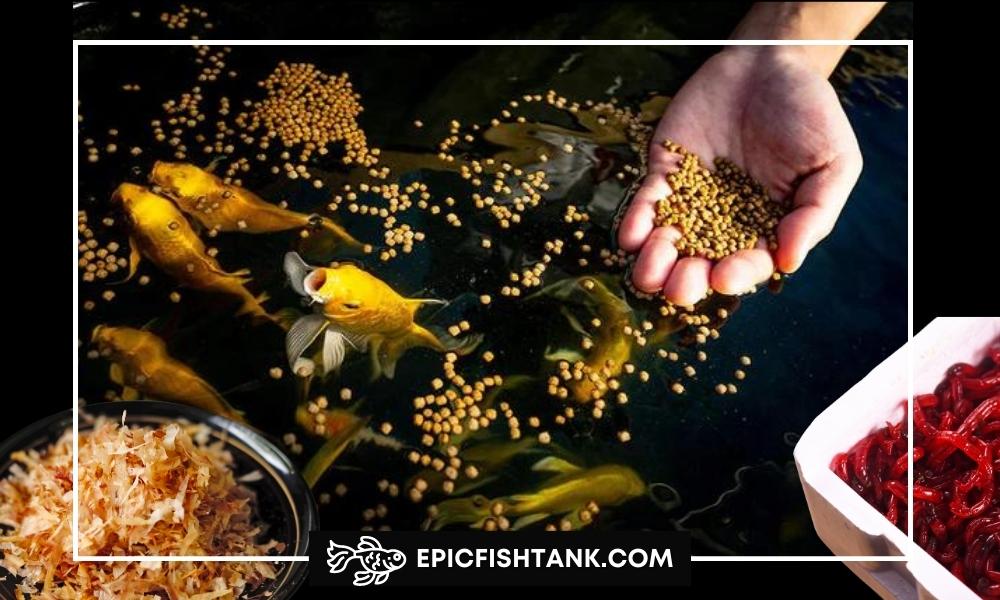

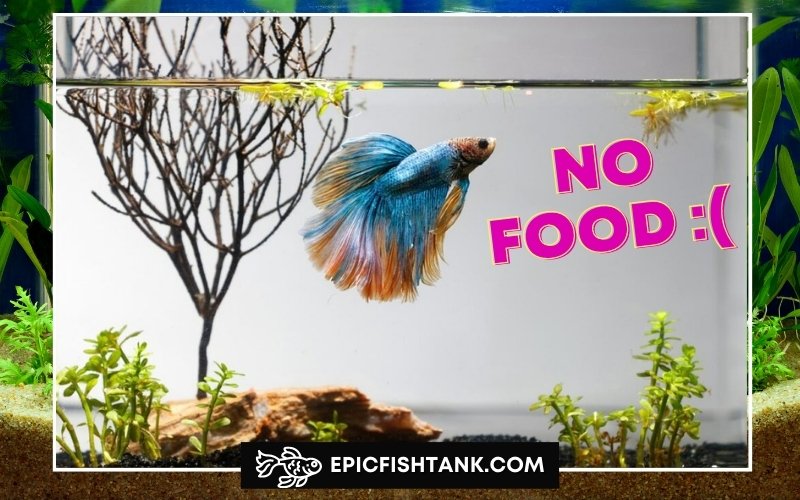
Leave a Reply